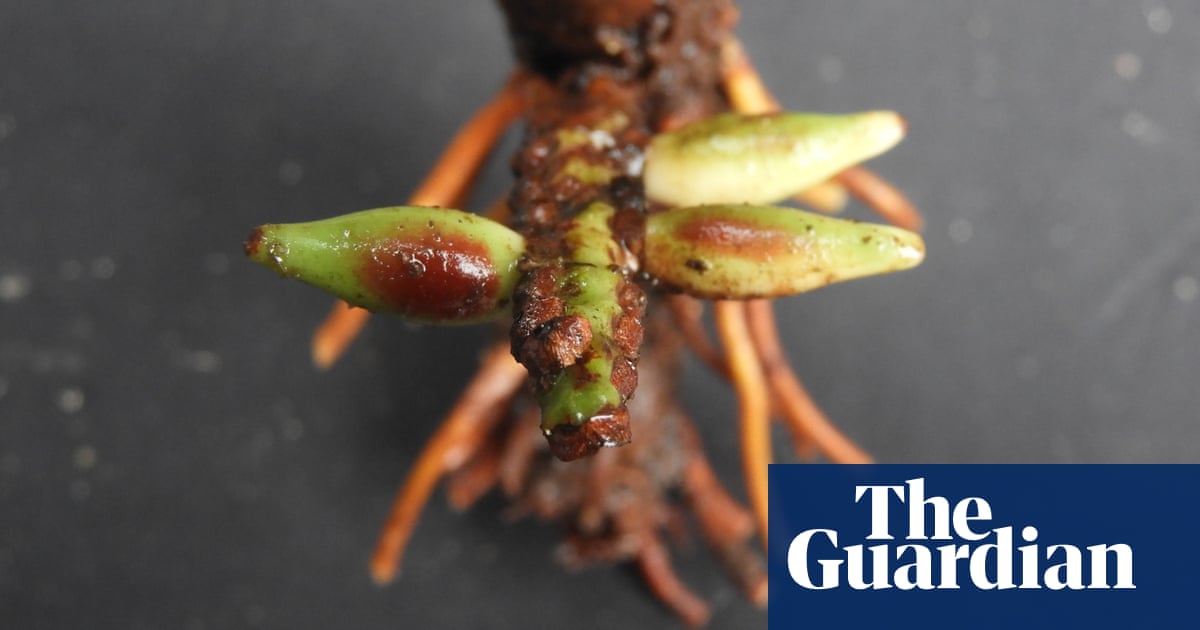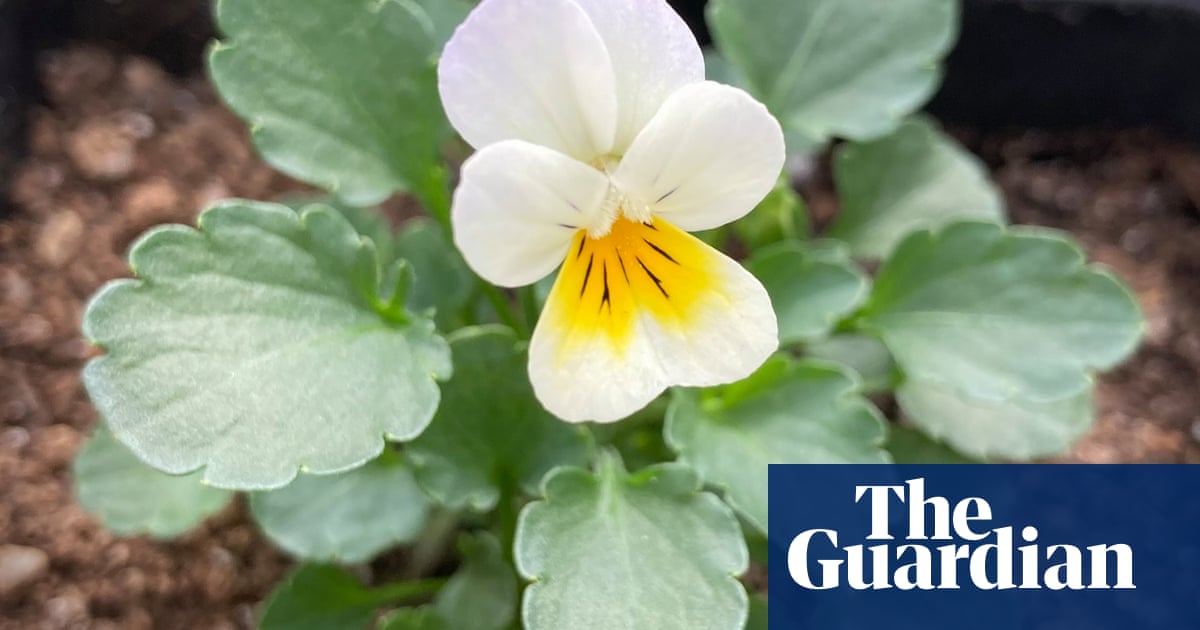
A new-to-science palm species has been discovered in Borneo with the remarkable ability to flower and fruit underground. How the rare palm – named Pinanga subterranea – has survived is a mystery, as most plants have evolved to develop their flowers and fruit above ground to facilitate pollination and the dispersal of seeds.
“Pinanga subterranea is the only known species of palm to flower and fruit below ground,” said Dr Benedikt Kuhnhäuser, a future leader fellow at Royal Botanic Gardens, Kew, who was part of the research team that collected specimens and ascertained that it was a new species. “Flowering and fruiting below ground is mind-boggling and seemingly paradoxical because they appear to prevent pollination and dispersal. We now know bearded pigs eat and disperse Pinanga subterranea’s fruits, but we’ve yet to find out how and by whom the flowers are pollinated.”
Only a very small number of plant species have evolved to flower or fruit underground. But only one other plant is thought to do both. Exclusive flowering and fruiting below ground, as discovered in Pinanga subterranea, is incredibly rare,” said Kuhnhäuser. “We’re only aware of one other plant that does that: the small underground orchid genus rhizanthella.”
Kew’s research team were first alerted to the plant’s presence by Dr Paul Chai, a Malaysian botanist, who encountered the palm in 1997 during a visit to Lanjak Entimau Wildlife Sanctuary in Sarawak. As well as studying the plants, Kew’s team reviewed extensive reference collections of palms in botanical institutions in Indonesia and Malaysia, as well as at Kew. “Pinanga subterranea has separate male and female flowers in little clusters,” said Kuhnhäuser. “So far, we’ve only seen the female flowers, which are greenish-white and inconspicuous. The fruit is pale white when young, but bright red when ripe and up to two centimetres in size.”
Native to the tropical island of Borneo in south-east Asia, the one-of-a-kind palm was also found in Kalimantan in Indonesia.
Agusti Randi, an Indonesian researcher at the National University of Singapore and lead author of a new report in Palms (the Journal of the International Palm Society) and Plants, People, Planet, first saw the palm in Kalimantan in 2017. “I realised the stems, flowers and fruit were underground after the soil was dug up by boars, so it was as if the boars guided me to find this palm,” Randi said.
After meticulously comparing specimens with every other known Bornean species of the genus, Randi, an expert on Pinanga palms, helped to make the case that it was a novel species, later flying to the UK to collaborate with Kew. All the researchers from Indonesia, Malaysia and Kew then teamed up to describe the palm as new-to-science and publish their findings together.
The palm was already known to local people but it had remained unnoticed by scientists, who believe the case highlights the need to collaborate more closely with Indigenous communities. “Local people in a remote village in central Kalimantan eat the fruits as a snack when doing activities in the forest,” said Randi. “It has a sweet taste, with quite thick flesh and a soft and juicy texture. We still don’t know about other uses of the plant, and there are many things that are still a mystery – for example, the process of pollination and who the pollinator is, and what causes this plant to produce flowers and fruit underground.”
“Currently, most botanists focus on the above-ground life of plants,” added Kuhnhäuser. “They rarely search for flowers and fruit below ground, partly because the phenomenon’s thought to be so extremely rare. This new underground palm, together with the recent discovery of the first underground pitcher plant, Nepenthes pudica, is a wake-up call for scientists to look beyond the immediately visible and expect the unexpected.”
To date, scientists have described about 300 different species of palm found on Borneo. Pinanga subterranea joins more than 2,500 species of palm known to science, up to half of which may be threatened with extinction.












